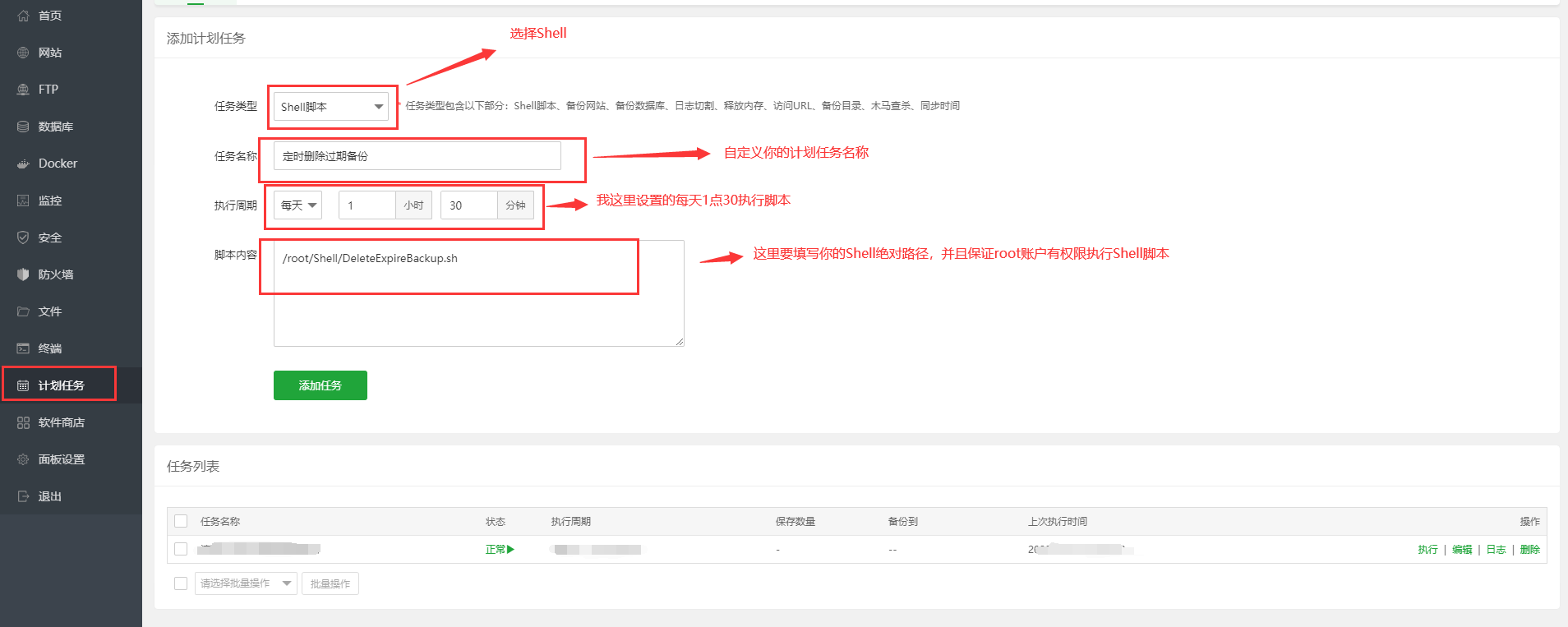bean的作用域解析
說明
意義
1.在Spring中,Bean的作用域可以通過scope屬性來指定。
2.指定作用域的目的是 存儲在此類單例bean的高速緩存中,並且對該命名bean的所有後續請求和引用都返回該高速緩存的對象。(本身的理念就是以空間換時間的思維,創建步驟繁雜,而且頻繁用到,我就存起來,下次用的時候就不用了創建了)
3.了解了目的之後,自然也就有了多種類型,大多數會使用singleton,當然也會有希望每次用到的就是新產生的故而出現prototype類型,還有就是某些範圍經常用到,另一些範圍不經常用到的,衍生了request和session的範圍性質的單例
類型與範圍
常見的有:
1)singleton:代表單例的,也是默認值(singleton存儲在三級緩存內,本質上是容器applicationcontext裏面的三級緩存)
2)prototype:代表多例的(prototype不會對bean進行存儲,而是在每次需要的時候進行創建)
3)request:代表範圍性質的單例(request存儲在對應的請求構建的請求對象裏面setAttribute)
4)session:代表範圍性質的單例(session存儲在對應的請求構建的請求對象裏面setAttribute)
5)application:application則是作用域整個應用裏面多個applicationcontext共享
6)包括自定義作用域
代碼展示
// mbd 指的是前面部分的 final RootBeanDefinition mbd = getMergedLocalBeanDefinition(beanName); if (mbd.isSingleton()) { sharedInstance = getSingleton(beanName, () -> { try { return createBean(beanName, mbd, args); } catch (BeansException ex) { destroySingleton(beanName); throw ex; } }); bean = getObjectForBeanInstance(sharedInstance, name, beanName, mbd); } else if (mbd.isPrototype()) { // It's a prototype -> create a new instance. Object prototypeInstance = null; try { beforePrototypeCreation(beanName); prototypeInstance = createBean(beanName, mbd, args); } finally { afterPrototypeCreation(beanName); } bean = getObjectForBeanInstance(prototypeInstance, name, beanName, mbd); } else { String scopeName = mbd.getScope(); // 這一步獲取的就是存儲單例的緩存,針對不同類型獲取不同的緩存塊【如request對應的RequestScope,session對應的SessionScope】 final Scope scope = this.scopes.get(scopeName); if (scope == null) { throw new IllegalStateException("No Scope registered for scope name '" + scopeName + "'"); } try { //類似於getSingleton的方式,在緩存中拿不到才會走工廠方法獲取 Object scopedInstance = scope.get(beanName, () -> { beforePrototypeCreation(beanName); try { return createBean(beanName, mbd, args); } finally { afterPrototypeCreation(beanName); } }); bean = getObjectForBeanInstance(scopedInstance, name, beanName, mbd); } catch (IllegalStateException ex) { throw new BeanCreationException(beanName, "Scope '" + scopeName + "' is not active for the current thread; consider " + "defining a scoped proxy for this bean if you intend to refer to it from a singleton", ex); } }
代碼分析
對於Prototype部分的分析
1.先是涉及到檢測循環依賴部分的
beforePrototypeCreation(beanName); //記錄循環依賴,針對還沒有創建完成的Bean進行記錄
afterPrototypeCreation(beanName); //銷毀記錄,已創建完了就必須銷毀,不然A依賴於B,B都創建完了,你還覺得別人還沒創建
2.涉及創建Bean部分的
了解過源碼的都知道,在創建過程中,如果bean實例化但是未初始化會有一個對外暴露的方式,就是存儲於單例池中
故對於多例情況,bean是不做緩存的
對於Singleton部分的分析
對於單例的bean有它自己的處理邏輯,getSingleton方法:
public Object getSingleton(String beanName, ObjectFactory<?> singletonFactory) { //加鎖是保證單例創建的不衝突 synchronized (this.singletonObjects) { //嘗試從單例池中獲取 Object singletonObject = this.singletonObjects.get(beanName); if (singletonObject == null) { //記錄循環依賴,針對還沒有創建完成的Bean進行記錄 beforeSingletonCreation(beanName); boolean newSingleton = false; boolean recordSuppressedExceptions = (this.suppressedExceptions == null); if (recordSuppressedExceptions) { this.suppressedExceptions = new LinkedHashSet<>(); } try { //從工廠方法中,創建bean對象 singletonObject = singletonFactory.getObject(); newSingleton = true; } catch (IllegalStateException ex) {} catch (BeanCreationException ex) {} finally { //銷毀記錄,已創建完了就必須銷毀 afterSingletonCreation(beanName); } if (newSingleton) { //創建完了要添加進入單例池 addSingleton(beanName, singletonObject); } } return singletonObject; } }
對於其餘部分的分析(包括request,session等和自定義都是走這部分的邏輯)
針對request,session等,代碼 scope.get 這部分深入進去其實是通用方法(也是模板設計模式),AbstractRequestAttributesScope類#get方法:
@Override public Object get(String name, ObjectFactory<?> objectFactory) { RequestAttributes attributes = RequestContextHolder.currentRequestAttributes(); Object scopedObject = attributes.getAttribute(name, getScope()); if (scopedObject == null) { scopedObject = objectFactory.getObject(); attributes.setAttribute(name, scopedObject, getScope()); // Retrieve object again, registering it for implicit session attribute updates. // As a bonus, we also allow for potential decoration at the getAttribute level. Object retrievedObject = attributes.getAttribute(name, getScope()); if (retrievedObject != null) { // Only proceed with retrieved object if still present (the expected case). // If it disappeared concurrently, we return our locally created instance. scopedObject = retrievedObject; } } return scopedObject; }
這塊便是針對緩存的獲取,通用理解為 attributes.getAttribute(name, getScope()); 等同於session.getAttribute(beanName)或 request.getAttribute(beanName)
工廠方法( Lambda表達式部分)針對的便是緩存沒有時候的創建邏輯
分析匯總
1.對於作用域,本質上是存儲在此類單例bean的高速緩存中,並且對該命名bean的所有後續請求和引用都返回該高速緩存的對象,便是為了達到以空間換時間的優化方式。
2.對於創建Bean,都要進行循環依賴的預防。
AbstractRequestAttributesScope


